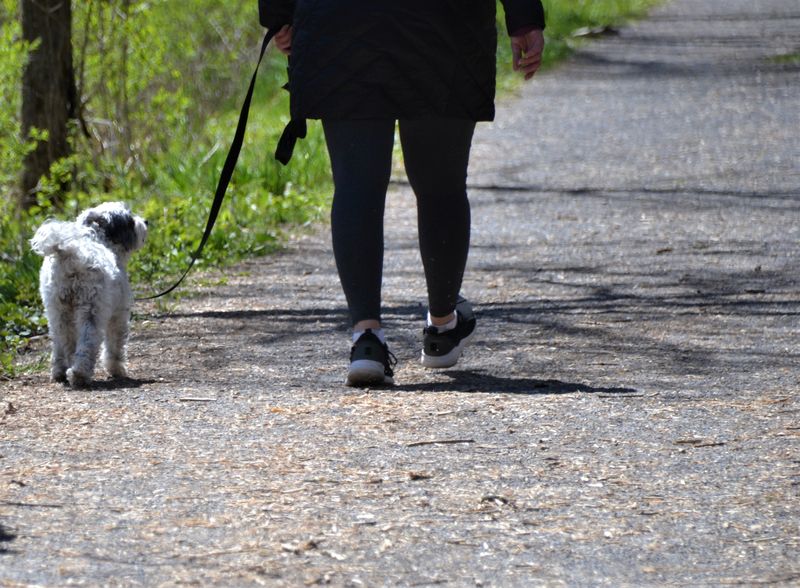
This logo isn't an ad or affiliate link. It's an organization that shares in our mission, and empowered the authors to share their insights in Byte form.
Rumie vets Bytes for compliance with our
Standards.
The organization is responsible for the completeness and reliability of the content.
Learn more
about how Rumie works with partners.
 Photo by Eric Ward on Unsplash
Photo by Eric Ward on UnsplashWhat we once enjoyed and deeply loved we can never lose, for all that we love deeply becomes part of us.
Have you lost a family member or a friend? Losing someone you love is the hardest thing in the world to deal with.
Grief is a kind of pain that physically hurts your body. It may feel like it will last forever. It isn't a single emotion but involves a range of different feelings.
But if you don't work through your grief in a healthy way, it can have long-term physical and mental effects.
Although working through grief can be a long and difficult process, there are things you can do to help yourself cope and adapt.
Acknowledge Your Pain
 Photo by Dingzeyu Li on Unsplash
Photo by Dingzeyu Li on UnsplashYou may experience a wide range of emotions from sadness, anger, or even exhaustion. All these feelings are normal.
Acknowledging these emotions is the first step. It's tiny but mighty.
Ignoring and suppressing your pain will not help you in the long run. To fully heal, acknowledge your sorrow.
Did you know?
Seek Support
 Photo by National Cancer Institute on Unsplash
Photo by National Cancer Institute on UnsplashLean on the people who care about you. Spend time together, and accept their help. Talk to other people who have experienced loss to get perspective.
If talking about your feelings and emotions is overwhelming, try reminiscing about happier moments. Reliving shared experiences can help you find a starting point to talking about the loss.
The key is not to isolate yourself.
Did you know?
Engage In Physical Activities
 Photo by Jenn Simpson on Unsplash
Photo by Jenn Simpson on UnsplashWhen you feel healthy physically, you’ll be better able to cope emotionally.
The Science Behind It
By engaging in physical activities, our brain releases endorphins, which "help to relieve discomfort and boost our mood."
For someone coping with grief, exercise can be a distraction and help prevent depression by interrupting cycles of negative thoughts.
Getting Started
From high-intensity workouts to calming yoga sessions, choose an activity that helps boost your spirits.
Search for local gyms that offer trial classes. Try out a few activities before committing.
YouTube has amazing instructors teaching everything from Pilates to yoga.
Mobile workout applications provide custom plans as per your needs and timing.
Get Creative
 Photo by Kat Stokes on Unsplash
Photo by Kat Stokes on UnsplashCreative pursuits are one of the best ways you can deal with the pain of losing someone. When we allow ourselves to be creative, we allow ourselves to get in touch with our emotions on a deeper level.
Art
Art can range from simple doodling to complex paintings to playing an instrument. Choose an activity that helps you process your feelings. Do not put pressure on yourself to create something beautiful, enjoy the process of creation.
To make it more personal, dedicate the activity to your loved one’s memory.
Writing
Writing is extremely therapeutic. It doesn’t matter what or how you write. The activity of putting your thoughts on paper helps release suppressed emotions.
Identify Triggers
 Photo by @felipepelaquim on Unsplash
Photo by @felipepelaquim on UnsplashUnexpected triggers can catch you off guard and bring on a surge of emotions.
These small moments remind us that grief is not a linear journey. We may have good days and bad days.
The aim is not to ignore these triggers but to identify and prepare for the emotional wave.
With time, these emotional triggers can become bittersweet moments of remembrance.
Take Action
There’s no right or wrong way to process. There's no timetable for grief.
These suggestions are not meant to help you forget, but to accept your loss.
“Little by little we let go of loss, but never of love.”
Start your healing journey with these three easy steps:
This Byte has been authored by
Sahiba Singh
Instructional Design at American Express
This Byte has been reviewed by
Lana Do
MD, MPH, BCMAS